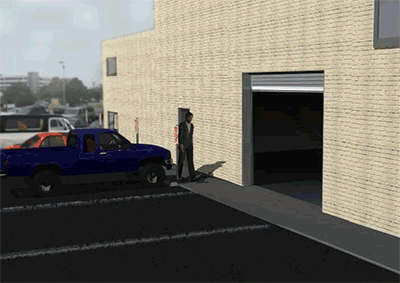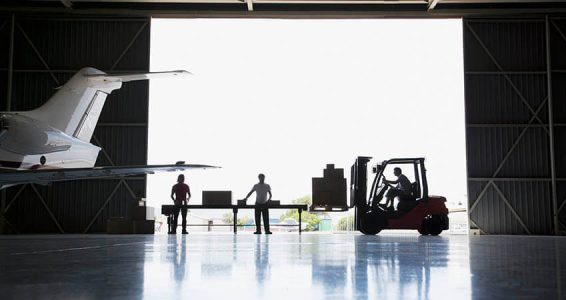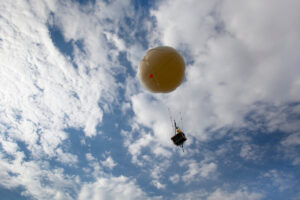Accident Prevention, One Load at a Time
The Forklift Truck Operation Standard follows OSHA guidelines to prevent accidents in the workplace. With 85 forklift related fatalities per year, it is important to recognize and follow these standards. In order to understand proper forklift handling procedures, review the below hazards and precautions to be aware of the next time you get behind the controls.
Forklift Hazards
Center of Gravity Shifting. When loads are on the truck, the center of gravity can shift either by lifting or lowering the items. This can cause the forklift to tip, either damaging the cargo, vehicle, or worse, the driver or surrounding pedestrians.
High speeds = instability. The higher the speed, the more unstable the truck. Knowing the speed limits on the truck can help reduce the risks of loss of control from the driver.
Limited visibility. When loaded, it can be very difficult to see objects around the truck. Being aware of load height and your visibility range is important to keeping yourself and others safe.
Falls. There are to be no passengers on forklifts so as to prevent someone from falling off and getting injured. No seat. No rider. No exceptions. “Unauthorized personnel shall not be permitted to ride on powered industrial trucks. A safe place to ride shall be provided where riding of trucks is authorized”, OSHA Standard 1910.178(m)(3).
Collisions. Collisions cause extensive damage to the vehicle and its surroundings, particularly pedestrians. Being aware of the path and the forklift’s surroundings can mitigate incidents due to collisions.

Forklift Precautions
- Only authorized personnel are allowed to operate the vehicle
- Keep loads only high enough to clear obstacles
- Keep clear view of intended path
- Never exceed recommended speeds
- Never lift more than rated loads for the truck
- No one should stand under loads
- No passengers on forklifts. Remember: No seat. No rider. No exceptions.
- Yield right of way to pedestrians
Overall, the forklift driver is ultimately responsible for the safety of others while operating the vehicle. Understanding potential hazards and heeding recommended precautions can help reduce and eliminate accidents and incidents in the workplace due to forklifts.
RELATED READING
RELATED CTS TRAINING










